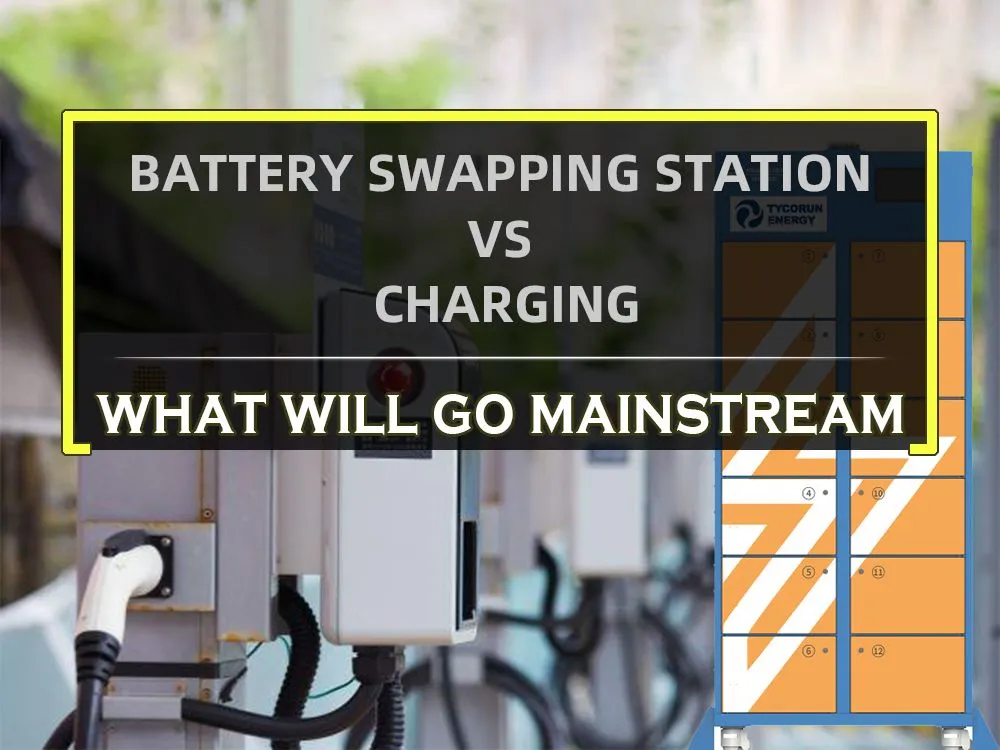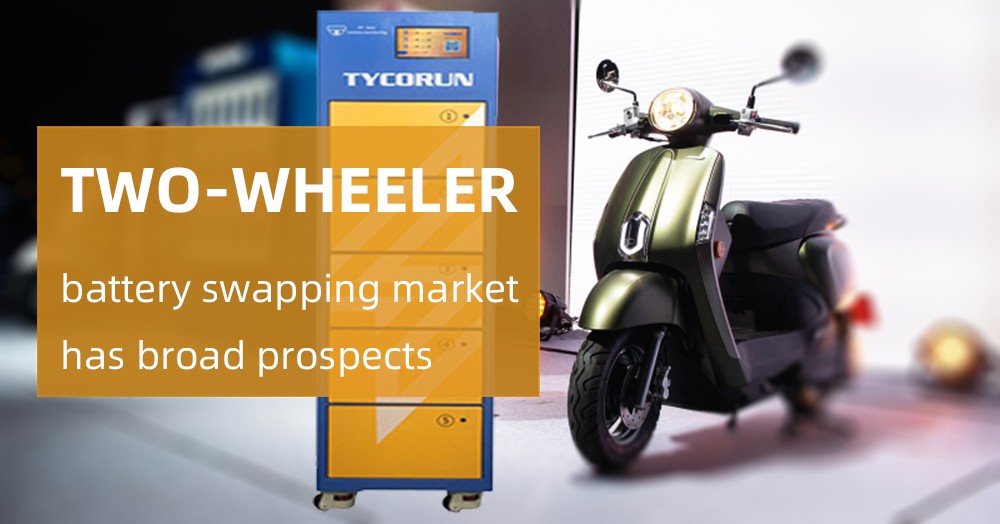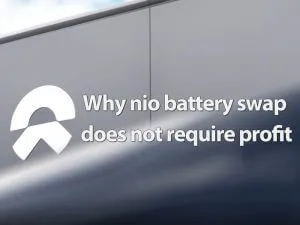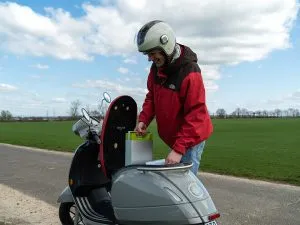Battery swapping station vs charging - what will go mainstream

However, public data shows that as of the end of June this year, the number of new energy vehicles in China has exceeded 1 million, the number of charging infrastructure is 3.918 million, and the number of swap stations is only 1,582. Obviously, the limited site scale makes the battery swap mode a little depressed.
Although the development of the battery swap model in the field of new energy vehicles is not smooth, in the field of electric vehicles with two wheels, hundreds of flowers have blossomed, and nearly a hundred battery swap companies have joined this field. So, can the emergence of the battery swapping station business model completely change the user’s energy replenishment model and car experience?
Takeaway riders, the main consumer of electric motorcycle battery swapping
Compared with new energy vehicles, two-wheeled electric vehicles do not have fast charging capabilities. Therefore, it often takes 7-8 hours to fully charge a two-wheeled electric vehicle with a battery life of about 40 kilometers. If the user’s commute distance is slightly longer, it basically has to be charged every day. With more and more two-wheeled vehicles, it depends on luck whether the vehicle can be successfully charged. For takeaway riders, battery swapping station is their best choice.
Even a commercial two-wheeler specially designed for running orders and equipped with a large-capacity lithium battery will take 6 hours to fully charge once, and it is difficult to support the rider’s business volume for a day if the battery life is 80 kilometers. Some data show that the deliveryman delivers 30 orders, and it takes about 100 kilometers to run. Even if a delivery person buys two batteries, one is used and the other is charged, and replaced at any time, most of the smart charging cabinets have been in disrepair for a long time, which has affected normal use.
It can be seen that the emergence of the battery swapping station business model allows express riders who determine their daily income by running orders and measurement to no longer miss the opportunity to make money because of the problem of charging and waiting.
Difficulty – there are certain restrictions on battery swapping
If an electric two-wheeled vehicle wants to replenish its energy through battery swapping, the premise is that the model supports battery swapping. Therefore, if you want to replace the battery to replenish energy, you need to purchase the corresponding model products for the battery swapping. The batteries between different brands of battery swapping cars are not common.
First of all, like the status quo of battery swapping for new energy vehicles, there is no uniform standard and protocol for battery swapping for electric two-wheelers. Therefore, the designated battery replacement models of brand A often cannot use the batteries leased by brand B. Secondly, the power exchange is greatly affected by the brand, and daily energy supplementation will inevitably be affected. In addition, due to the lack of replaceability of batteries and channels in the battery swap mode.
It is not difficult to see the disadvantages and pain points of the development of the new energy vehicle battery swap business, such as inconsistent and uncommon battery standards, limited number of swap stations, and uneven distribution. In the electric two-wheeled vehicle battery swap mode, it also exists. But even so, the popularization and promotion of the electric two-wheeled vehicle battery swapping mode in the future will still be smoother than the new energy vehicle battery swapping business.
Two-wheeler battery swapping market has broad prospects
With the continuous development of new energy sources, there will be more and more users who swap battery in the future except for deliverymen. Some two-wheeler shop owners, after learning about the electric two-wheeler battery swapping model, decisively transformed themselves into specialized battery swapping stores. In other words, most of the electric two-wheelers in the two-wheeler store can be swapped. Although customers continue to question whether battery swapping for two-wheelers will eventually become mainstream, battery swapping will be the ultimate mode of energy replenishment for two-wheelers.
At present, the development trend of the battery swap industry and the iteration frequency of two-wheeled vehicles have given hope to two-wheeled vehicle manufacturers. Many consumers may feel that it is very convenient to swap battery, and the node of changing the car often does not make the car company wait too long. As long as the battery swap mode is convenient enough, more and more people use it, and the price tends to be affordable, it is very likely that more consumers will choose to buy two-wheeled vehicles that can be swapped at the iterative node of 3 to 5 years.
A battery-swapped model will not be much more expensive than a lithium-ion vehicle of the same level and with the same battery life. At present, customers feel that swappable cars are expensive, and most of them use swappable models to compare the price of traditional lead-acid models. Swappable new energy vehicles tend to be safer, have longer lifespans, are more environmentally friendly, and are more cost-effective in the long run than traditional lead-acid battery models.
In addition, due to the low battery capacity and low cost of electric two-wheelers, the site requirements for setting up the battery swapping station are small. Therefore, the investment required to popularize the electric two-wheeled vehicle battery swap will not be very high. Street corners, convenience stores, and open spaces in the community can be equipped with two-wheeler battery swapping stations. The operation is self-service and requires no labor costs.
But for operators and suppliers who want to enter the battery swap market, the market entry threshold is still relatively high. A profitable battery swapping station is not only a two-wheeled vehicle power battery that needs to be of high quality, but also a battery swapping station that includes an intelligent charging system, as well as a software control platform and related hardware facilities for the battery swapping system.
And TYCORUN ENERGY battery swapping stations can exactly meet these conditions and can be customized. TYCORUN ENERGY battery swapping stations include power supply system, charging system, monitoring system, battery detection and maintenance management, etc. For those who are optimistic about this market and want to actually operate, they may also want to know more details about the two-wheeler battery swapping.
Click on the picture for the product information
It is precisely because of the large demand for electric two-wheeled vehicles and the fast iteration, the investment in battery swapping hardware and site costs is not large. At present, there are more and more companies are joining the battery swapping market such as top 10 electric motorcycle battery swapping companies in China, which are destined to go faster and more smoothly than the battery swapping business in the field of new energy vehicles, and the market prospect is also broader.



























